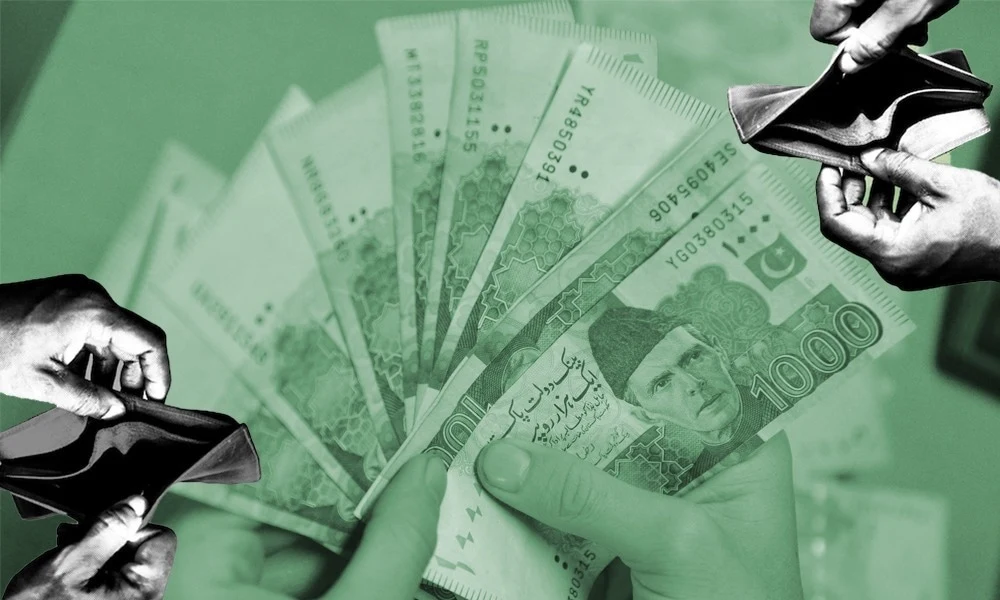
Pakistan economic landscape in contemporary time is characterized by its bustling bazaars and burgeoning digital scene. It carries within it the indelible threads of its historical journey. Examining the vibrant exchange of goods witnessed along ancient trade routes paints a vivid picture of the nation’s early commercial spirit. From the cotton-fueled industrialization of the Ayub Khan era to the challenges of inflation and currency depreciation today, Pakistan’s economic narrative reveals a complex interplay of progress and challenges. While GDP growth projections hover around 1.7% in 2024 according to World Bank, challenges like inflation, currency depreciation, and a widening trade deficit jeopardize this estimation.
The journey of Pakistan economic landscape has been characterized with both triumphs and tribulations.
From the early days of agricultural dependence to the embrace of industrialization, the country has navigated periods of rapid growth punctuated by episodes of financial instability. Key milestones include the Green Revolution of the 1960s, which boosted agricultural output, and the liberalization policies of the 1990s, which spurred private sector investment. However, challenges like political turmoil, high debt levels, and natural disasters have also been hampering the process of economic progress.
Delving deeper into these trends, we can move beyond the simplistic narratives and gain a nuanced understanding of Pakistan’s economic realities.
Current Economic Indicators: A Mixed Bag of Promises and Perils
As Pakistan charts its economic course in 2024, the path is dotted with both treacherous pitfalls and promising opportunities.
As of today, Pakistan has gone to the International Monetary Fund (IMF) for financial assistance 23 times. This includes Stand-By Agreements (loans with specific economic reforms attached) and Extended Fund Facility arrangements (longer-term loans designed to support comprehensive economic programs), indicating the fragility and loan-dependency of Pakistan’s economy for its running. Let’s analyze the key economic indicators first to decipher the existing narrative.
Also Read: Economic Revival of Pakistan: Embracing CPEC 2.0 and Beyond

Pakistan’s Vision 2025 Shapes Economic Narrative
Despite present uncertainties, Pakistan’s “Vision 2025” sets a clear course for its economic aspirations.
Aiming for upper-middle-income status by 2025 and a top-ten global economy by 2047, this vision prioritizes inclusive growth, sustainable development, a knowledge economy, modern infrastructure, and private sector leadership. Recognizing the limitations of past development strategies, the vision prioritizes inclusive growth, aiming to bridge regional and social divides by investing in human capital development, especially for women, and ensuring equal opportunities for all. Sustainability also lies at the heart of the vision, with a focus on clean energy, water security, and food security, acknowledging the environmental challenges of the future.
Growth on the Mend, but Still Subdued
The Asian Development Bank projected a 1.9 percent GDP growth with IMF estimation projecting a growth of 2.5 percent.
The agricultural and services sectors also contributed, demonstrating resilience in the face of challenges. As of January 30th, the International Monetary Fund (IMF) has downgraded Pakistan’s growth estimate for fiscal year 2024 to two per cent. However, this growth falls short of Pakistan’s pre-pandemic potential and pales in comparison to regional peers like Bangladesh, raising concerns about long-term competitiveness.
Inflation: A Persistent Thorn
The monster of persistent inflation continues to haunt Pakistan, with rates hovering around 29.2pc in 2023.
This simmering heat is fueled by a confluence of factors, including currency depreciation that pushes up import costs, and soaring global energy prices. The burden falls heaviest on ordinary citizens, eroding their purchasing power and dampening consumer confidence.
Jobless Recovery? Employment Woes Persist
Pakistan stands at 161 out of 185 countries in the Human Development Index.
In 2024, Pakistan is projected to have an 8.00% unemployment rate, with an estimated 14.93 million unemployed individuals, while the employment rate is forecasted to be 52.27%, encompassing around 97.53 million employed people according to a report of Statista.
The youth bulge, a significant portion of Pakistan’s population, further complicates the picture. According to reports, 64% of Pakistan’s population falls within the youth age bracket (15-29 years old). This presents a demographic dividend if effectively harnessed, but also a potential demographic liability if left unaddressed. The unemployed frustrated youth provides ideal fodder to the canons of terrorism.

Projected Growth and Challenges: Navigating a Tightrope in 2024
Modest Growth Expectations
The successful completion of the IMF’s Extended Fund Facility program in June 2024 can unlock much-needed financial resources and restore investor confidence.
However, certain limitations may temper the optimistic projections. Continued fiscal tightening measures, aimed at reducing the budget deficit, may dampen consumer spending and impede private sector investment. High inflation, currently hovering around 29.2% in November 2023, significantly outstrips the Central Bank’s target of 12% inflation rate and erodes the purchasing power of ordinary citizens.
Further Fluctuations in Inflation are Anticipated in 2024 due to Several Factors
Rising energy prices, particularly in the wake of the Ukraine war, Israel and Gaza Crises, are expected to exert upward pressure on inflation.
Additionally, the Pakistani rupee’s depreciation makes imports more expensive, further fueling inflationary pressures. The Government has implemented various measures to control inflation, including targeted subsidies for essential commodities, ‘large-scale’ crackdown on currency smuggling and monetary tightening measures, all aimed at curbing aggregate demand. However, the effectiveness of such measures remains mired with concerns about long-term sustainability and potential unintended consequences. Addressing the root causes of inflation, such as structural bottlenecks and fiscal imbalances, remains crucial for achieving sustainable price stability.
Currency Depreciation
The Pakistani Rupee (PKR) has been on a depreciation path since the turn of the century in 19 out of the 23 years, with 2023 emerging as the fourth-worst.
Only the years 2008, 2018, and 2022 have been worse. The PKR has fallen more drastically since Pakistan moved to a more ‘flexible’ exchange rate. Despite administrative measures, rupee saw 19.7% depreciation in 2023. The Government undertook a series of measures to recover the economy.
As a consequence, the PKR saw one of the longest appreciation runs against the USD. The local currency maintained a positive close for 28 successive sessions, reaching 276.83 on October 16, as it cumulatively gained 10.93% since hitting a record low of 307.1 in the inter-bank market on September 5. In doing so, the PKR delightfully emerged as the best-performing currency in the world in that period.
On November 15, an agreement was reached between the IMF staff and Pakistani authorities on the first review of the $3-billion, nine-month SBA, boosting market sentiment and strengthening the local currency. Since then, PKR has consistently gained marginally in each session. Economy expert predicts a 5 to 6 percent depreciation in the rupee in 2024. Despite an expected decline in the inflation rate to an average of 20 percent next year, the currency may still face pressure due to the persistent current account deficit in Pakistan’s import-based economy. Zafar Paracha acknowledges Pakistan’s strong financial credentials and anticipates the PKR to strengthen to 270 levels by the first quarter of 2024, contingent on the continuation of ongoing measures to support the currency. (Source: Dawn News)
Import Dependency
Pakistan’s economy stands burdened by a high import dependency and a widening trade deficit.
Nearly 20% of the country’s total income goes towards importing goods and services, with a significant portion (around 30%) devoted to energy sources like oil and gas. This reliance on external suppliers leaves the economy vulnerable to global price fluctuations and hinders growth potential. The trade deficit, with imports consistently exceeding exports, further strains the nation’s financial resources, impacting currency stability and investment opportunities.

Policies and Reforms
Pakistan’s economic recovery is underpinned by a series of key policies and reforms by the government:
- IMF Stand-By Arrangement (SBA): The Government’s agreement with the IMF provides essential financial support while mandating crucial fiscal reforms. These reforms include expanding the tax base, cutting unproductive subsidies, and enhancing public expenditure management. The successful implementation of the SBA is crucial for achieving macroeconomic stability besides instilling confidence among investors.
- Special Investment Facilitation Council (SIFC): The establishment of the SIFC is a response to a pressing requirement for economic revitalization, specifically in light of obstacles posed by bureaucratic red tape and regulatory intricacies that act as deterrents to foreign direct investment (FDI). With its role as a facilitator, the SIFC seeks to simplify collaboration with Gulf Cooperation Council (GCC) nations, intending to open up investment prospects across various sectors, spanning agriculture to information technology.
- Towards Self-Sufficiency: Achieving sustainable economic growth and reducing vulnerability requires Pakistan to diversify its import basket and pursue greater self-sufficiency. Encouraging domestic production of key commodities, particularly energy, is crucial. Investing in renewable energy sources like solar and wind power can not only reduce dependence on imported fossil fuels but also create new jobs and stimulate technological advancement. Similarly, promoting local industries, agriculture, and exports can increase foreign exchange earnings and bolster domestic production. Implementing trade policies that incentivize import substitution and export diversification can further contribute to a more vibrant and resilient economy.
- Export-Oriented Policies: Initiatives such as the Development of export oriented industrial parks, (Rashakai Special Economic Zone (SEZ), M3 Industrial Park, Jhang, Allama Iqbal Industrial City, Faisalabad, Dhabeji Special Economic Zone, Sindh, Bostan Industrial Estate, Balochistan) and the Prime Minister’s Kamyab Pakistan Program aim to bolster exports, a critical driver of economic growth. However, their effectiveness relies on streamlining export procedures and addressing supply chain bottlenecks.
- 2nd Resilient Institutions for Sustainable Economy (RISE-II) Operation: With approval from the World Bank and co-financed by the Asian Infrastructure Investment Bank (AIIB), this $350 million loan targets macroeconomic reforms in energy, taxation, and the business environment. The program aims to enhance fiscal management, promote competitiveness, and stimulate sustained economic growth by addressing issues like debt transparency, property taxation, and power sector viability.
- A Futuristic Industrial Policy: An Industrial Advisory Council, constituted by the Federal Government, is formulating the National Industrial Policy. The committee has articulated its vision of an export-led industrial development to take Pakistan’s exports to $100 billion within five years.

Navigating Crossroads: Risks and Opportunities
Impact of External Fiscal Milieu
Global growth is projected to fall from an estimated 3.5 percent in 2022 to 3.0 percent in 2024.
Major economies like the US and EU are facing recessionary pressures due to high inflation and tightening monetary policies. Decreased global demand can weaken Pakistani exports too, particularly in textile and agricultural sectors, impacting foreign exchange earnings and economic growth. Increased protectionist measures can create uncertainty while disrupting global supply chains. Higher tariffs and trade barriers could hinder Pakistani exports, impacting businesses and employment.
Ongoing conflicts like the war in Ukraine and regional tensions in the Middle East contribute to global instability and energy price volatility. Pakistan’s close economic ties with Middle Eastern countries and dependence on imported energy, makes it susceptible to external shocks. Rising energy prices can exacerbate inflation and put additional pressure on Pakistan’s already fragile balance of payments.
Domestic Hurdles
Pakistan’s history of frequent Government changes and political disputes has deterred foreign direct investment (FDI).
In 2023, FDI dropped by 60% compared to 2022, partly due to political uncertainty. Frequent changes in leadership may lead to inconsistency in economic policies, making it difficult for businesses to plan and invest. This also hinders long-term economic growth. Political instability creates an environment of risk and uncertainty, negatively impacting investor confidence and limiting access to international credit. Pakistan’s low tax-to-GDP ratio (11.4% in 2022) hinders Government’s revenue and limits its ability to invest in infrastructure and social services, impacting economic development. Inefficient bureaucracy and corruption within the public sector discourage investment thus adding economic costs. Complex and cumbersome regulations increase operational costs for businesses. Pakistan is highly vulnerable to natural disasters like floods and droughts. The 2022 floods caused an estimated cost of $30 billion to Pakistan.
Way Forward: SIFC
While Pakistan faces a multitude of challenges, the Special Investment Facilitation Council (SIFC) emerges as a potential catalyst for overcoming them. This novel body, designed to attract foreign direct investment (FDI) specifically in key sectors like energy, holds immense promise for Pakistan’s economic revitalization. Here’s how:
- Harnessing Renewable Energy Potential: Pakistan boasts bountiful renewable resources, particularly solar and wind power. SIFC, by streamlining procedures and offering incentives, can attract significant FDI for developing clean energy infrastructure. This not only strengthens energy security and reduces dependence on imported fossil fuels, but also aligns with global climate goals, potentially opening up lucrative export opportunities.
- Bolstering the Digital Economy: SIFC’s focus on facilitating investment in IT and tech-related sectors aligns perfectly with Pakistan’s burgeoning digital economy. By easing regulations, providing investor support, and creating a one-window operation, SIFC can incentivize international technology giants and boost innovation within the domestic tech scene. This, in turn, can create jobs, improve efficiency across various sectors, and contribute to overall economic growth.
- Targeted Investment Approach: Unlike previous initiatives, SIFC adopts a targeted approach, focusing on specific high-impact sectors like agriculture, mining, and infrastructure. This strategic direction ensures that attracted FDI directly addresses key bottlenecks hindering Pakistan’s progress. Streamlined procedures and a one-window operation further reduce investment hurdles, making Pakistan a more attractive destination for targeted investors.

The Privatization Dilemma: Balancing Efficiency with Equity in Pakistan
The winds of privatization have once again swept across Pakistan, reigniting a fervent public debate about the future of state-owned enterprises (SOEs). Proponents hail it as a panacea for economic woes, while opponents fear it will sacrifice public welfare on the altar of efficiency.
Privatization as an Economic Panacea
Advocates for privatization advance a compelling case. They argue that inefficient and often loss-making SOEs like Pakistan International Airlines (PIA), plagued by financial losses and operational inefficiencies blamed on government bureaucracy, drain the public exchequer and hinder investment in crucial sectors like education and healthcare. Privatization, they claim, can inject much-needed efficiency and competitiveness, leading to improved service delivery, reduced costs, and increased profitability.
A recent example is the outsourcing of operations and land assets at Islamabad International Airport, seen as a success story by proponents, who highlight the increased efficiency, improved infrastructure, and enhanced passenger experience as positive outcomes of privatization, attracting foreign airlines and boosting tourism. Additionally, attracting private investment through privatization can unlock new capital, spurring economic growth and job creation.
The sale of a majority stake in Sui Northern Gas Pipeline Limited (SNGPL) to a Malaysian company in 2012, is cited as another example of successful privatization. Proponents claim it led to significant investments in infrastructure upgrades, improved gas supply reliability, and reduced operational costs, ultimately benefiting consumers and in turn the economy.
Critics’ Concerns
However, the path to privatization is not paved with roses. Critics raise valid concerns about potential job losses, particularly in sectors like steel and airlines, where SOEs like Pakistan Steel Mills (PSM) employ a significant workforce. The controversial privatization of PSM in 2005 is often raised by opponents as a cautionary tale. They argue that the closure of the mill resulted in massive job losses, economic hardship for the surrounding community, and the loss of a strategic national asset.
Controversial Cases
Additionally, allegations of corruption and undervaluation during the sale further fuel opposition. Critics also point to the privatization of Karachi Electric Supply Company (KESC) in 2005. While it initially brought improvements in power generation and distribution, subsequent accusations of price gouging, unreliable service, and poor customer service turned public opinion against privatization.
The current Government’s privatization strategy aims to balance efficiency gains with social safeguards. The Caretaker Government has modified the ongoing privatization program by excluding Pakistan Steel Mills (PSM) from the list of entities slated for privatization. The focus lies on privatizing non-strategic assets, while retaining control over sectors deemed vital for national security or public welfare. The potential impact of the current privatization strategy varies across different stakeholders.
![Frequent power blackouts continue to hurt operations in Pakistan's textile sector [File: Asim Hafeez/Bloomberg]](https://policy-wire.com/wp-content/uploads/2024/03/382490223.webp)
Crossroads of Promise and Peril
Pakistan’s economic landscape in 2024 is a tapestry woven with threads of hope and uncertainty.
While green shoots of recovery are peeking through, persistent challenges threaten to derail the fragile trajectory of growth. Inflation remains a gnawing beast, currency depreciation casts long shadows, and the path ahead is littered with external risks and domestic hurdles.
Yet, amidst these complexities, glimmers of opportunity shine through. The burgeoning digital economy, renewable energy potential, and strategic location offer promising avenues for growth. Navigating this intricate terrain requires a multi-pronged approach. Fiscal consolidation remains crucial, but it must be accompanied by targeted interventions to mitigate the impact on vulnerable populations.
Strengthening institutions and fostering a transparent business environment are prerequisites for attracting foreign investment and stimulating domestic entrepreneurship. Investing in human capital, particularly education and skills training, will equip the workforce with the tools to navigate the evolving economic landscape.
Ultimately, the future of Pakistan’s economy rests not only on sound policies and robust institutions, but also on the collective will of its people. Embracing innovation, fostering social cohesion, and promoting sustainable practices, way can be paved for an inclusive and resilient economic future. The choice lies before us: succumb to the perils or rise to the promise. Pakistan’s economic destiny is not written in the stars, but etched in the actions which are taking today.
Let us, as a nation, choose to weave a tapestry of prosperity, where the threads of growth intertwine with the fabric of social justice, creating a vibrant future for generations to come.
The opinions shared in this article reflect the author’s personal views and do not necessarily align with the institution’s official stance.
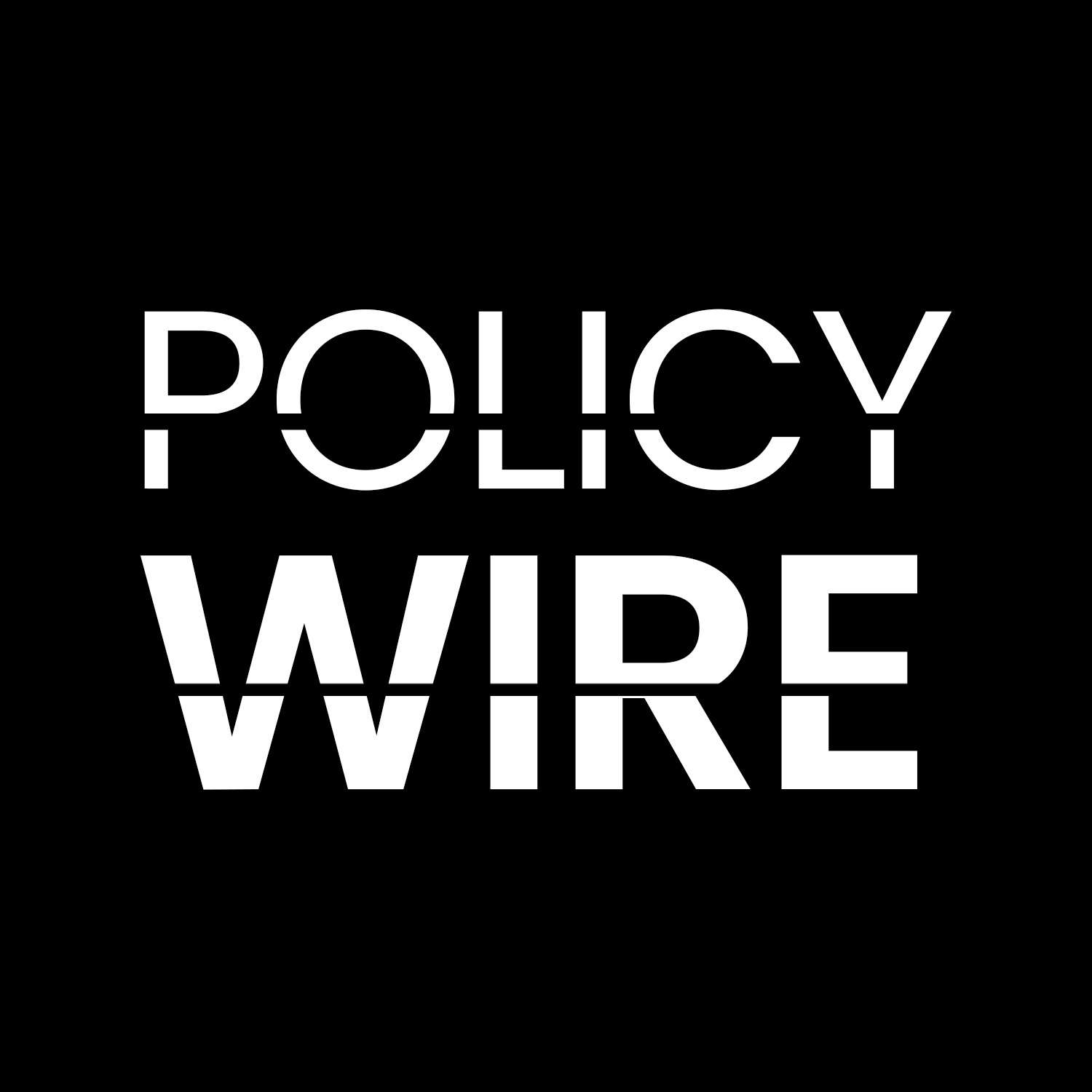
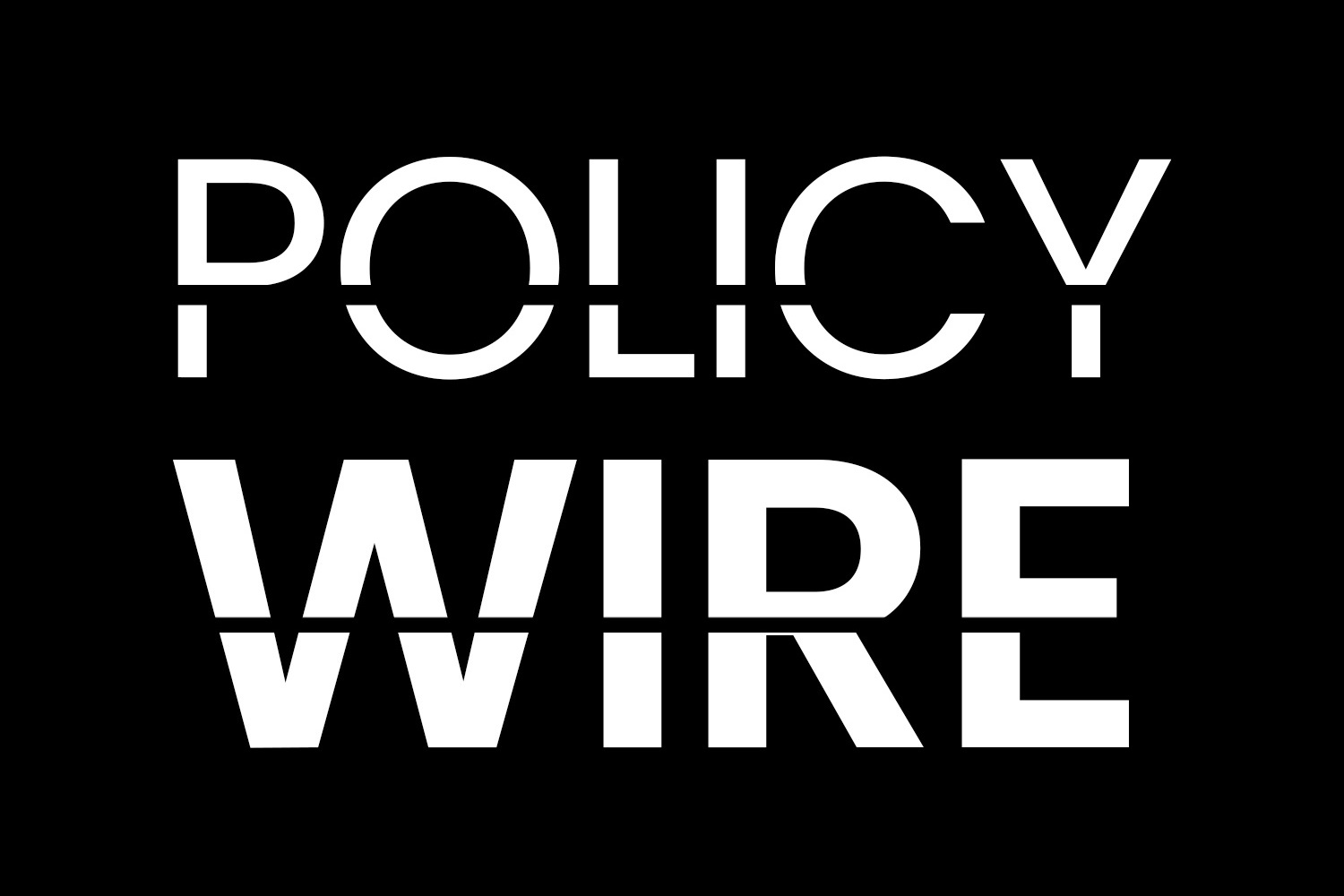

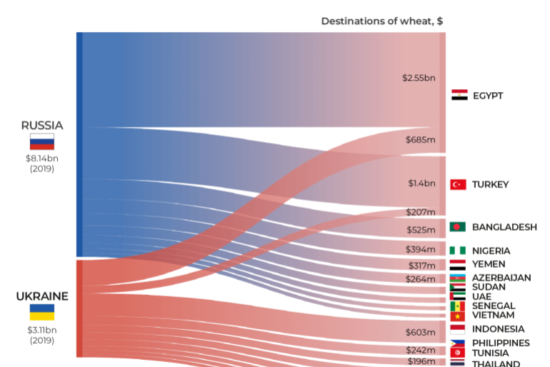


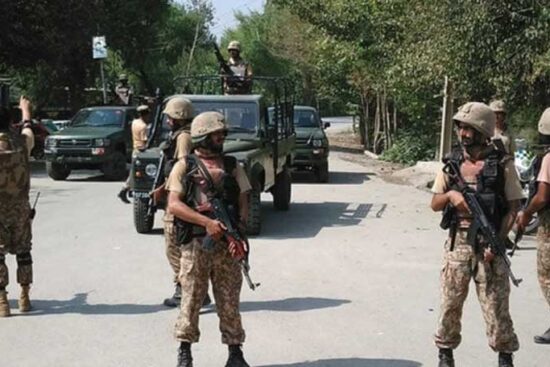
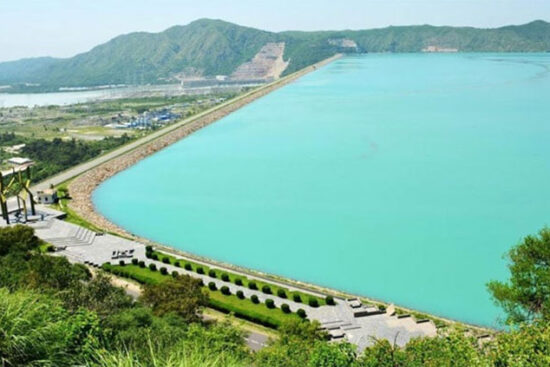
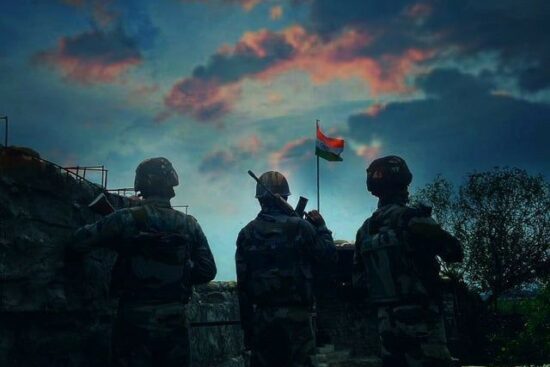








Leave a Reply